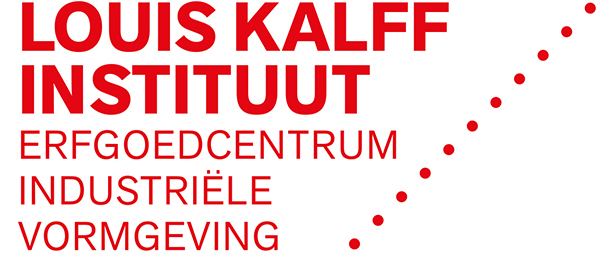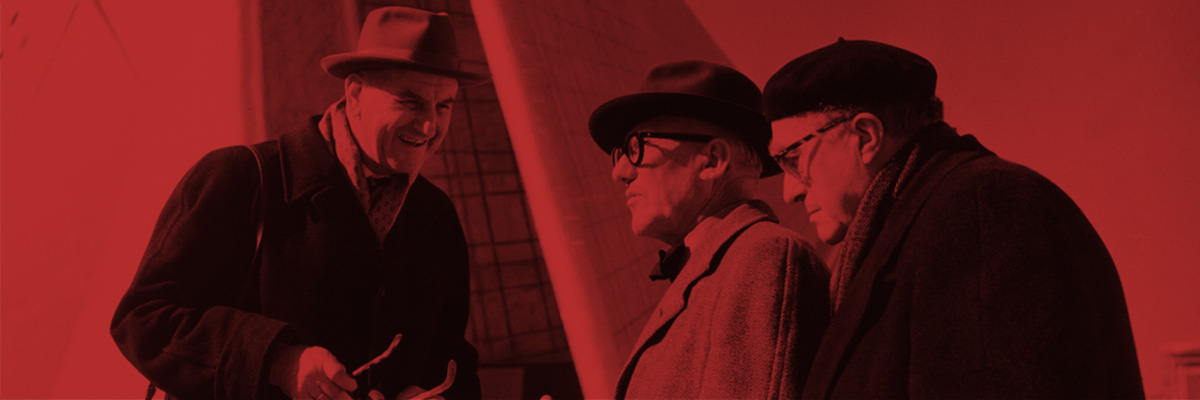Martin Visser (1922-2009), furniture designer, art collector. Visser was the son of a contractor and was born in Papendrecht. His father, a religious man, was interested in art and bought Berlage furniture. Because Visser was a difficult child, he went to The Hague to go to school there to study engineering. In The Hague he started to develop an active interest in the fine arts. After the Second World War and his marriage to Mia van der Hoek he made some pinewood furniture that was bought by De Bijenkorf, for which Visser worked as a salesman and as the furniture purchasing manager. There he also worked with Benno Premsela, and he initiated the exhibitions Ons Huis Ons Thuis (‘Our House, Our Home’), hanging work of the Cobra group artists that he collected. After that he went to furniture manufacturer ‘t Spectrum in Bergeyk where he started to design and also invited others to contribute to the collection, such as Benno Premsela, Hein Stolle and Friso Kramer. The SZ05 chair and the BR02 sofa bed that were created there became instant classics. Yet according to Visser, ‘t Spectrum did not have professionals and he felt that the company advertised its products poorly.
‘t Spectrum went bankrupt in 1974 and meanwhile Visser had fully devoted himself to the fine arts and was highly active as an art collector. He was a curator of modern art at the Museum Boijmans Van Beuningen from 1978 to 1983. Around 1985 he started to make furniture again with his second wife Joke van der Heyden, experimental designs made of wood and metal, small series and unique pieces. Visser received the Theo Limperg prize in 1989 and the Oeuvre prize from the BKVB Fund in 1998.
The Dutch version of this biography is taken from the book Visies op vormgeving, het Nederlandse ontwerpen in teksten deel 2: 1940-2000 (2008) by Frederike Huygen. The following sources have been used for this biography:
– cat. ‘Martin Visser verzameld werk’, Utrecht (Centraal Museum) 1991
– Huygen, F. ‘Martin Visser. Oeuvreprijs 1998 stichting Fonds voor Beeldende Kunsten, Vormgeving en Bouwkunst’, Amsterdam 1998

